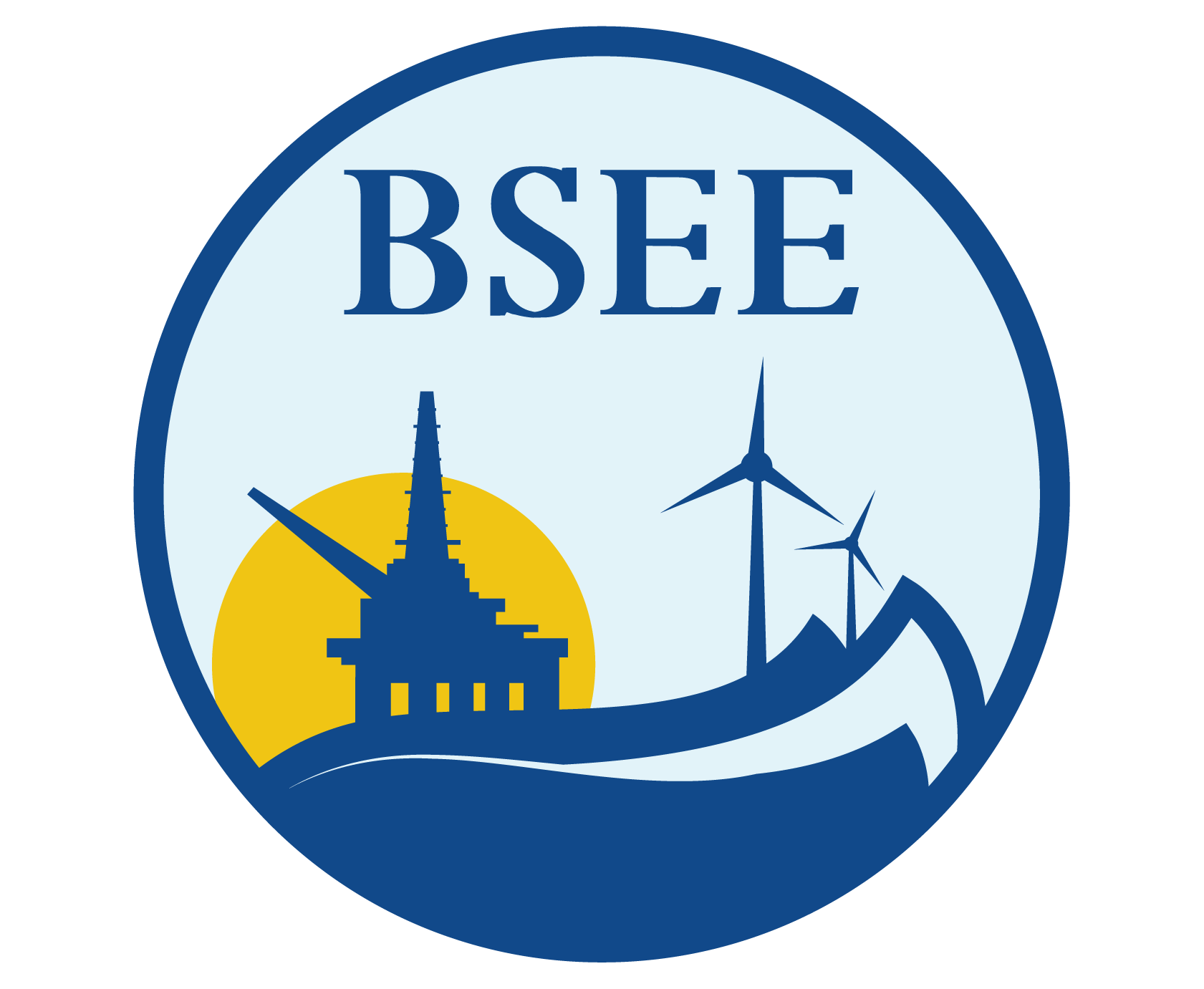BSEE’s National Enforcement Program (NEP) is managed by the Safety Enforcement Division (SED) to oversee the enforcement of federal regulations that govern Outer Continental Shelf (OCS) operations. Enforcement is the primary tool used by the agency to ensure compliance with these regulations. When regulations are violated, the agency issues penalties and requires corrective actions to bring operators into compliance. Regulation violations result in the issuance of Incidents of Non-Compliance (INCs). When an operator fails to correct issues related to an INC or the violation constituted an occurrence or threat of harm to people or the environment, the agency may issue civil penalties.
BSEE promotes compliance with safety and environmental standards through regular inspections and other monitoring activities. Through timely notice of detected violations, BSEE provides operators clear direction for coming into compliance, and a reasonable opportunity to make corrections. BSEE’s intent is to prevent incidents; however, should they occur, BSEE has a duty to investigate, determine the causal elements/factors, and take the appropriate corrective actions. The agency incorporates a varied enforcement approach in response to incidents depending on the severity and other causal factors.
An effective enforcement and compliance program requires consistent and transparent processes, including:
- clear and understandable standards;
- sufficient reporting and recordkeeping to measure compliance;
- a robust oversight program in the field;
- a range of enforcement tools graduated to risk; and
- incentives to move beyond baseline compliance to an effective system for safety and environmental protection.
This section provides more information about BSEE’s Enforcement Tools, such as Incidents of Noncompliance and Civil Penalties, as well as regulations and recent actions.
2024 update to Bureau of Safety and Environmental Enforcement (BSEE) Civil Penalty Rates
BSEE may assess a civil penalty, or fine, for certain violations. In March 2024, BSEE updated its civil penalty rates as follows:
- Maximum Civil Penalty. This amount is set by law and adjusted annually for inflation. The new maximum is $54,352 per day, per violation. (The previous maximum was $52,646.)
- Civil Penalty Matrices. To show how penalties are calculated for specific types of violations, BSEE publishes rate tables, or “matrices.” These rates were adjusted for inflation, as required by law. Rates are provided in a Notice to Lessees.
The Safety Enforcement Division maintains oversight of the National Enforcement Program to:
- Develop national policy and procedures.
- Establish enforcement priorities.
- Develop program and management controls for bureau-wide activities.
- Ensure consistent application of enforcement processes.
- Ensure staff receive required training.
- Serve as the primary office facilitating settlement agreements.
- Serve as a liaison with other DOI components, outside agencies, and stakeholders.
-
Staff in BSEE’s headquarters, regional, and district offices collaborate on enforcement efforts, with the input of other Department of Interior entities. These include:
BSEE National Program
• Safety Enforcement Division: On the national level, the Safety Enforcement Division develops and implements enforcement policy, procedures, and strategy on a range of enforcement actions; establishes appropriate program and management controls; and collaborates on measurement tools that help ensure transparency, consistency, and accountability.
The division collaborates with staff across BSEE to consider enforcement possibilities following inspections and in program areas such as decommissioning, renewable energy, environmental compliance, and Safety and Environmental Management Systems audits. It also coordinates enforcement and discusses offshore safety with other federal entities, such as the Bureau of Ocean Energy Management, the Office of Natural Resources Revenue, the U.S. Coast Guard, and the Federal Aviation Administration.
BSEE Regional Offices
• Gulf of Mexico Region
- Office of Enforcement: Assesses civil penalties within the region.
- Office of Safety Management
- District Offices (New Orleans, Houma, Lafayette, Lakes Charles, Lake Jackson)
• Pacific Region
- Office of Field Operations
• Alaska Region
Department Of The Interior
• Interior Board of Land Appeals
• Office of the Solicitor
-
If BSEE issues an adverse decision, operators may comply with decision (for example, by paying a civil penalty). Other options include:
• Request informal resolution from BSEE. This may be requested from the issuing officer’s next-level supervisor within 60 days (30 CFR § 290.6). BSEE considers the request, including any additional information the operator provided, and issues a decision. This decision may then be formally appealed to the Interior Board of Land Appeals, if the operator chooses.
• File an appeal with the Interior Board of Land Appeals (IBLA). IBLA hears appeals of BSEE’s adverse decisions. If they have appealed with IBLA, BSEE must cease any informal resolution discussions because BSEE no longer has jurisdiction over the decision. Visit the board’s website to view decisions and pending appeals.
After filing its appeal, the entity appealing (the appellant) has 30 days to file a Statement of Reasons for the appeal if one was not filed with the appeal. Extensions may be granted.
The appeals process for civil penalties includes posting a surety bond.
The agency has 30 days to file an Answer responding to the Statement of Reasons. IBLA will grant one automatic extension, not to exceed 30 days.
The appellant may file a reply brief within 15 days of receiving the Answer.
Any party may request a hearing to present evidence on an issue of fact. The request must be filed within 30 days after the answer is due. If IBLA grants a hearing, the appeal will be referred to an administrative judge.
-
• Outer Continental Shelf Lands Act. See the “Remedies and Penalties” section for civil penalty categories and the maximum amount.
• The Federal Oil and Gas Royalty Management Act of 1982 (30 USC § 1701 et seq.).
• The Federal Civil Penalties Inflation Adjustment Act Improvements Act of 2015 (see section 701). Requires that civil penalty amounts be adjusted annually for inflation.
• 30 CFR 250 Subpart N. BSEE regulations on Outer Continental Shelf civil penalties.
• Federal Register Notices. When civil penalty amounts are adjusted annually for inflation, a notice is published in the Federal Register.
- FR 2024
• BSEE Civil Penalty Matrices. These Notices to Lessees provide the rate tables used to calculate civil penalties. The multipliers are adjusted annually for inflation.
- BSEE NTL 2024-N01 - Updated OCSLA Civil Penalty Assessment Matrixes



